The cost of living crisis is about to hit Aberdeenshire in the butteries.
Prices of the north-east’s favourite baked staple are set to increase after Indonesia banned exports of palm oil, a key ingredient.
The shock move announced last week is expected to drive up the price of palm oil, along with other oils used in food processing.
Experts say the buttery – known by some as a rowie – will be disproportionately affected by any price hike because it contains more palm oil than other baked goods.
Are butteries set to disappear?
But the situation could get worse.
Inverurie baker JG Ross, one of the region’s leading suppliers of butteries to supermarkets, has revealed it may stop producing rowies if costs become too prohibitive.
“Obviously, we are in the midst of a big issue at the moment,” said JG Ross production director Cameron Ross, pointing to the Indonesian ban as well as the war in Ukraine that has stifled the production of sunflower oil in the country.
“It could be that a little bit down the line that we are looking at what products we are making and still able to make.
“I would hope that the buttery is not one of the ones that need to be addressed but there’s so many things happening in the world you just don’t know what’s going to be next.”
Rising production costs
Ross said his company has already raised prices by about 8% because of supply chain pressures and oil price rises. Since August, JG Ross’s oil prices have increased by 60%.
And more baked good price increases are in the pipeline amid unprecedented cost rises.
JG Ross’ suppliers have already raised their prices twice this year, which production director Ross said was “unheard of”.
I’ve never seen anything like this.”
Suppliers usually only increase prices once a year to cover costs.
“Food price inflation hasn’t reached its pinnacle yet, unfortunately,” Ross continued, adding that JG Ross is working to keep price increases to a minimum.
“I’ve never seen anything like this. Back in 2008 it was bad, but nothing like this.”
Asked how much buttery prices will increase by, Ross said it “is nearly unfeasible to predict”. A four-pack of JG Ross butteries costs about £1.70 in supermarkets.
The palm oil in butteries debate
The Indonesia export ban has highlighted the use of palm oil in modern buttery baking in place of traditional ingredients such as lard.
Some Aberdeenshire foodies are leading a campaign to get palm oil out of butteries, calling the practice a blight on one of the region’s most-loved products.
Modern bakers, including JG Ross, typically use sustainable palm oil, which is harvested under a certified set of environmental and social criteria.
However, palm oil production is blamed by some environmental groups for the loss of old-growth forests in Indonesia and Malaysia. The groups also say palm oil plantations destroy the habitats of endangered animals such as orangutans.
North-east food group Slow Food Aberdeen, which champions traditional methods of cooking, believes this damage should be enough to deter bakers from using palm oil in butteries even despite the use of sustainable-certified plantations.
The group – which said 95% of butteries today use palm oil – wants a return to “ingredients your granny would recognise”.
According to Slow Food Aberdeen, modern bakers use palm oil because it is cheap.
“There should be butter in it, and there should be lard,” says Wendy Barrie, a Slow Food member and author of a report that put butteries into the global Ark of Taste project, which aims to safeguard foods of cultural significance.
“There absolutely should never be palm oil.”
Ross from JG Ross said bakers no longer use lard because it is made from animal fats.
He added: “If you had (a buttery) that was very heavy on butter it wouldn’t taste as good as it does now.
“And if you’re talking about price, then the price would be probably twice where it’s at now. Maybe three or four times.”
What do food experts think?
Support for JG Ross’ point of view came from an unusual source.
Food writer and critic for the Observer newspaper Jay Rayner, who is in Braemar for a one-man show this weekend, said so-called traditional ingredients do not always make for better food.
“The fact that that they made (the buttery) that way, does not immediately imply virtue,” he said.
“I’m not bigging up the use of palm oil, which is a very controversial ingredient. But the assumption that the way it was made once was best – it’s not always proven to be the case.”
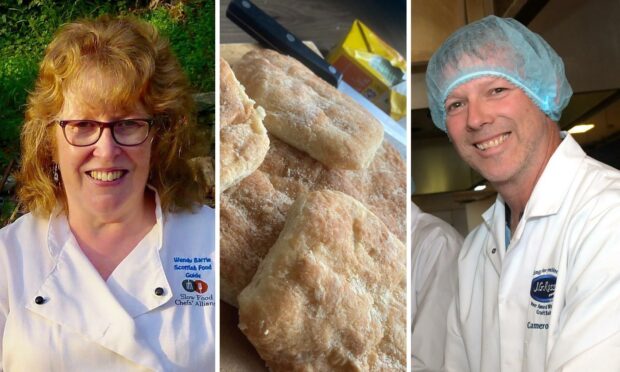
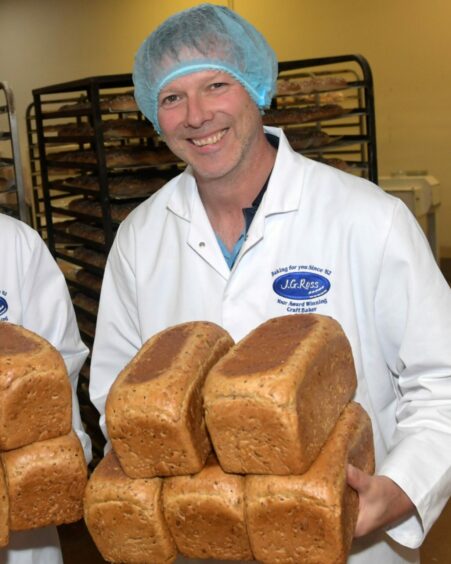
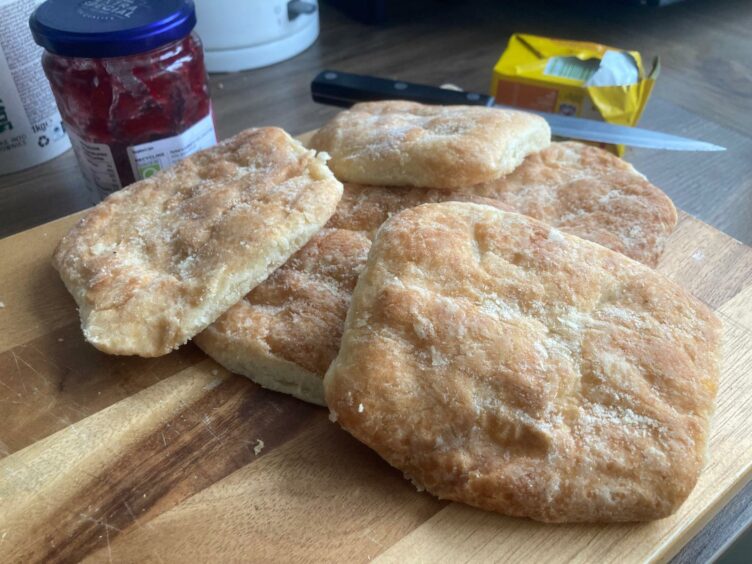
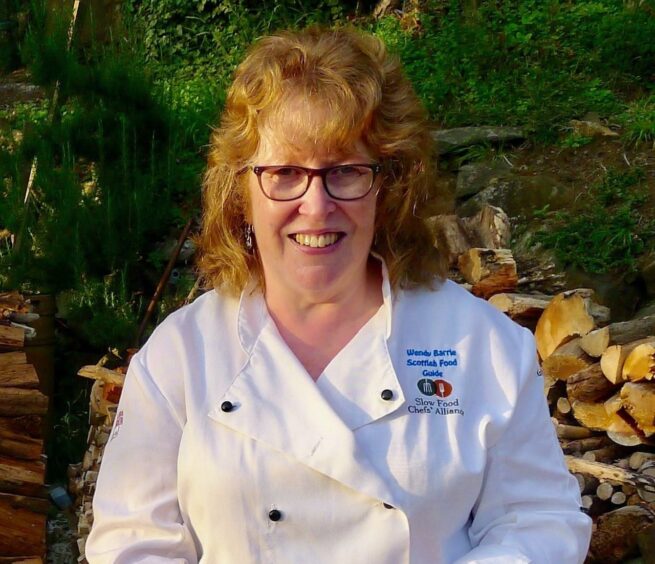

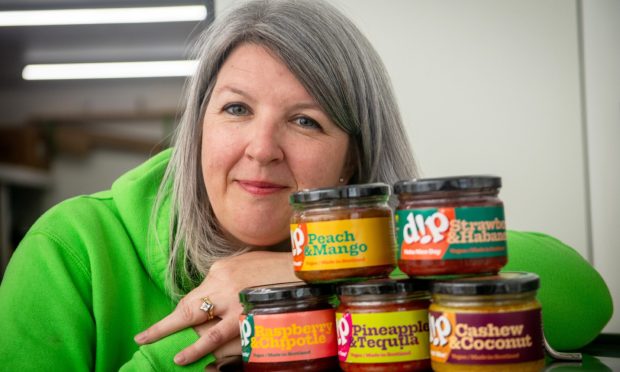
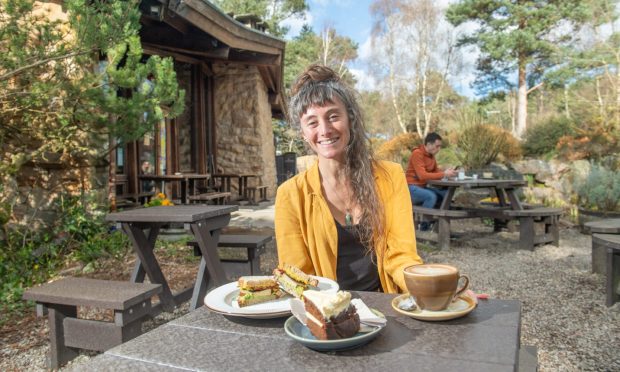
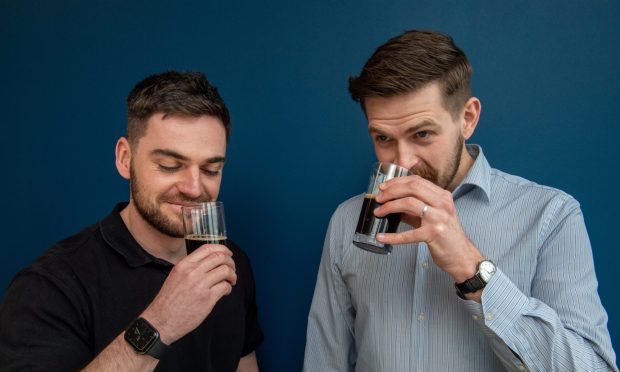
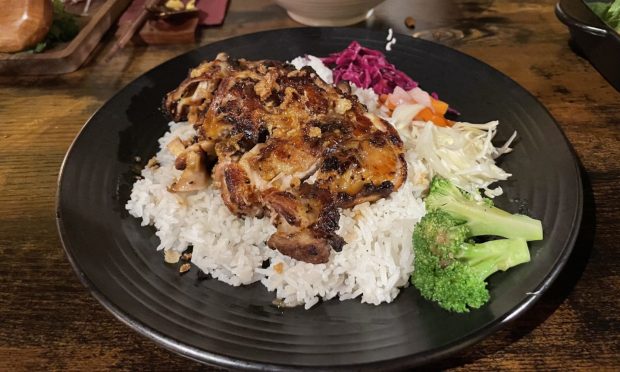

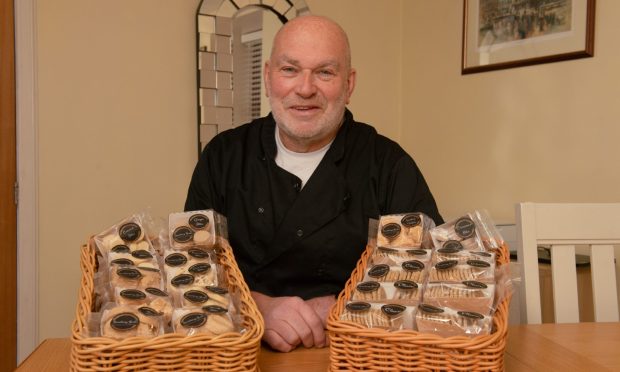
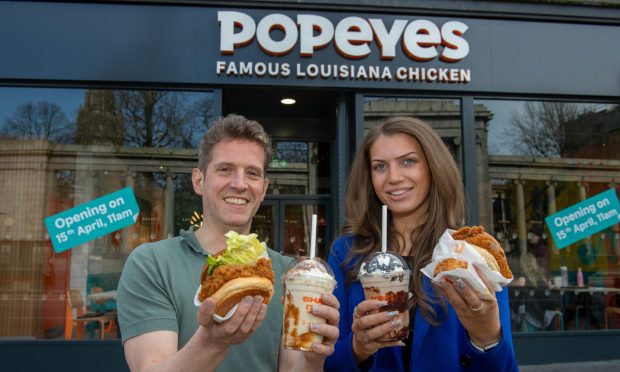
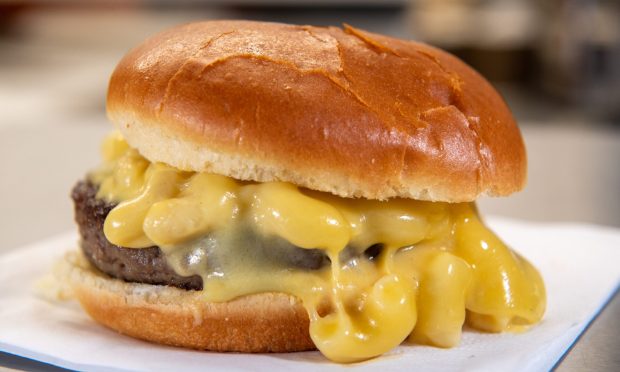
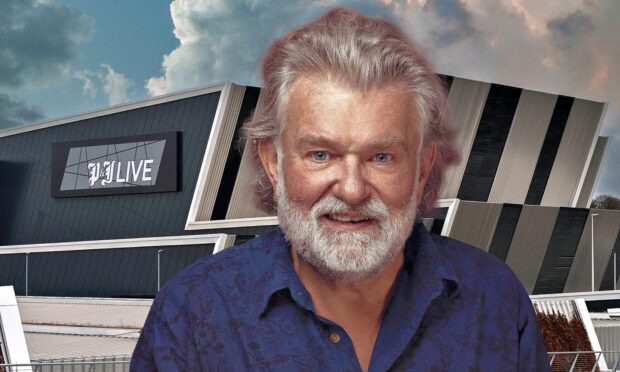
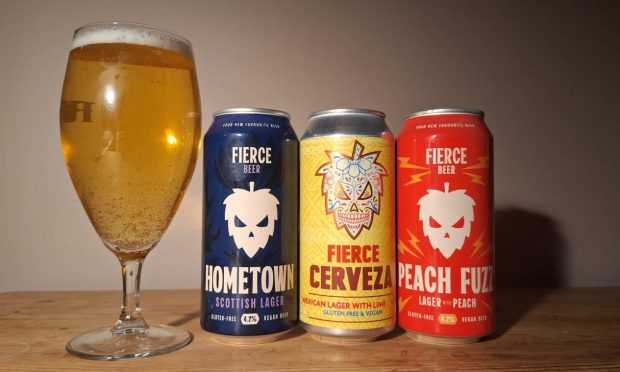
Conversation